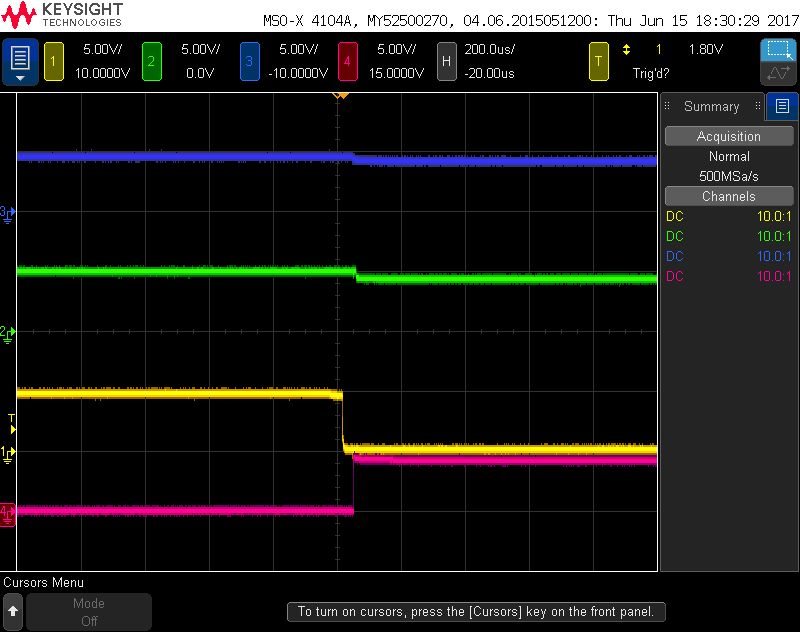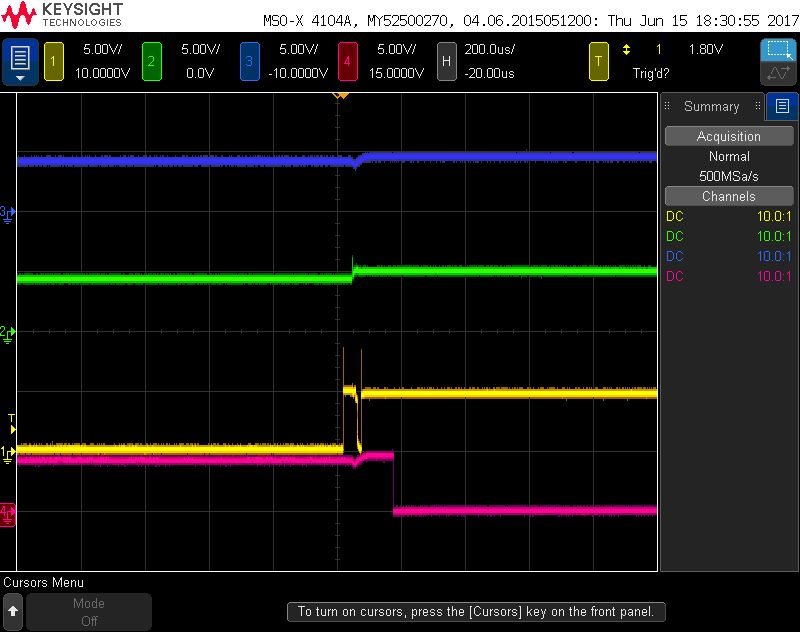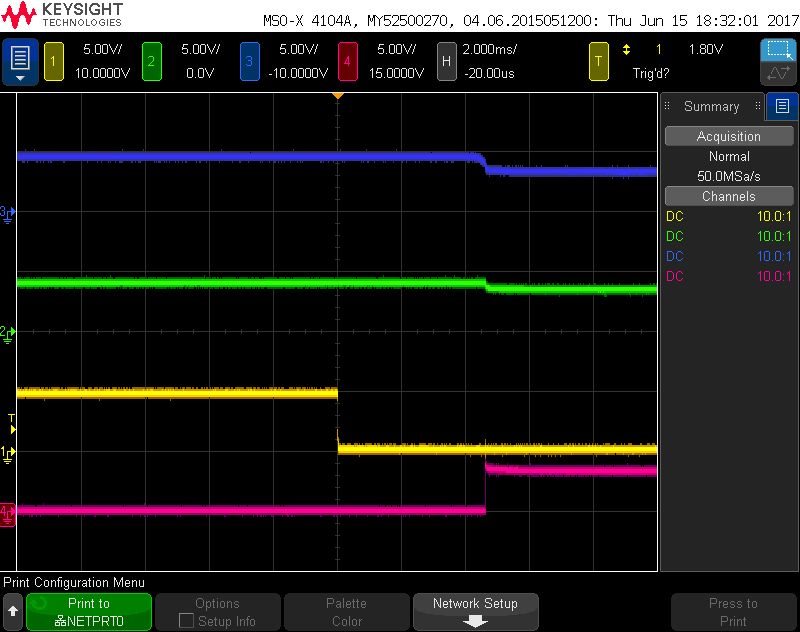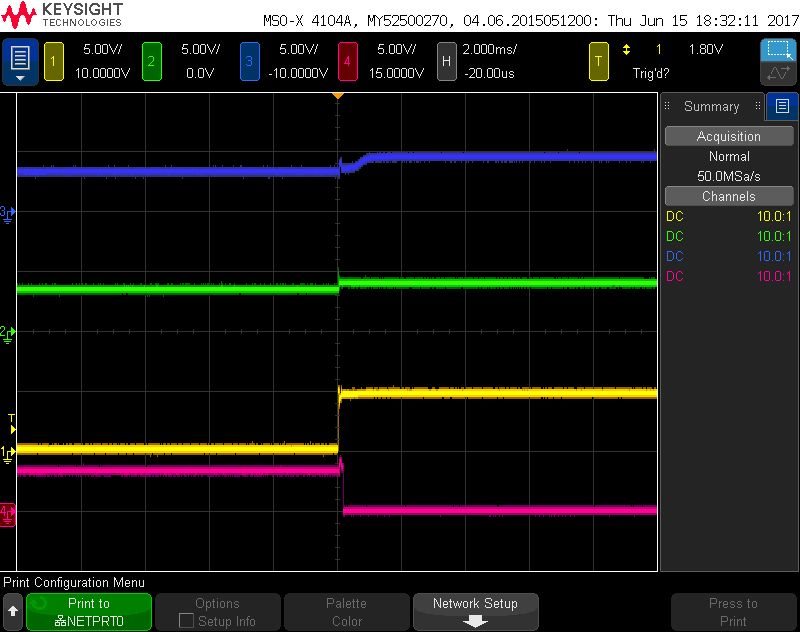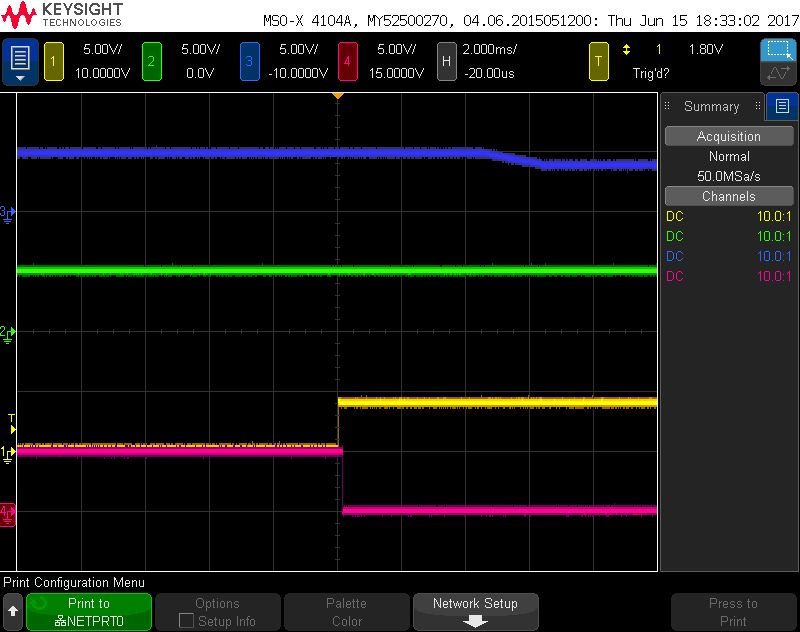Other Parts Discussed in Thread: TPS2115, TPS2113A
Hello!
We want to use the TPS2115A in our design.
The power multiplexer will be used as an alternative to an OR-ed diode circuit to enable either board supply via USB or an external 5V auxiliary supply. The board features a LP38692SD-3.3 regulator, that generates the 3.3V voltage required by the logic of the board.
Currently I'm not sure if this device is the best choice. The diode solution cannot be used, as the USB voltage might drop down to 3.9V taken into account the cable drop, the upstream/downstream drop and the VBUS tolerances. If considering the voltage drop of the diode and the dropdown voltage (up to 1V) of the LP38692SD-3.3/NOPB, the board wont operate correctly under a worst case szenario.
It might happen that one of the power inputs (USB or 5V auxiliary) is not connected at all. This means, that one input on the TPS2115A is 0V. The datasheet states in the pin description that the input voltage needs to be higher than UVLO on the inputs. Well, we can't comply with this requirement. Nevertheless, one input will be at least at a voltage of 3.9V, so supplying the TPS2115A is accomplished.
Do you think this will work without any issues?
What will happen at the output, when we would switch to the (floating, 0V) input (the other input is still >3.9V)?
What about reverse leakage current and cross-conducting? As one input is connected to USB, it must be ensured under all circumstances, that no current is feeded back into VBUS, when switched from IN1 (USB) to IN2 (5V auxiliary) and vice versa. Is it ensured, that if no load capacitance is at the output, that the output voltage will shortly drop to 0V? If you look in the datasheet of the TPS2115A it is not clearly, but in figure 4 in the datasheet of TPS2115 (should be similar to the A version), it seems that the voltage does not completely fall down to 0V.
Which device is recommended for new design TPS2115 or TPS2115A?
Regards,
Thomas


